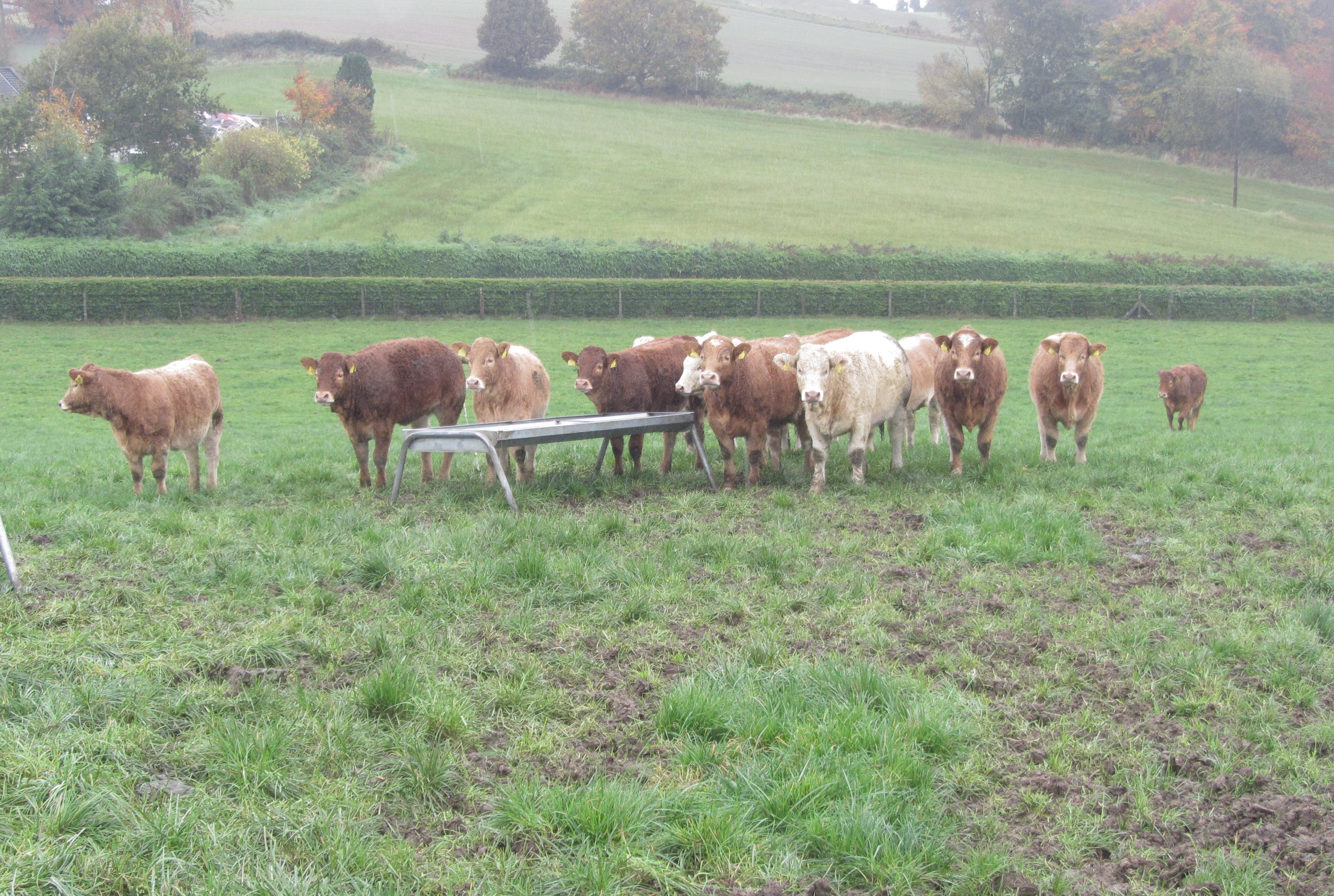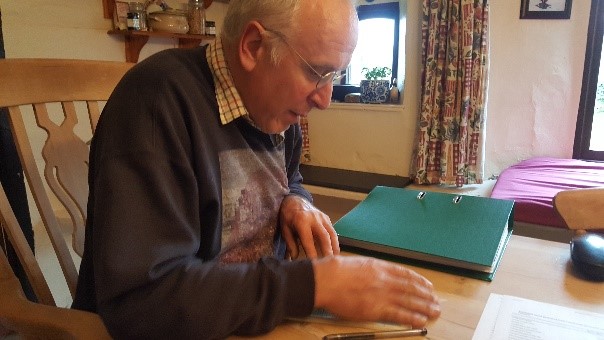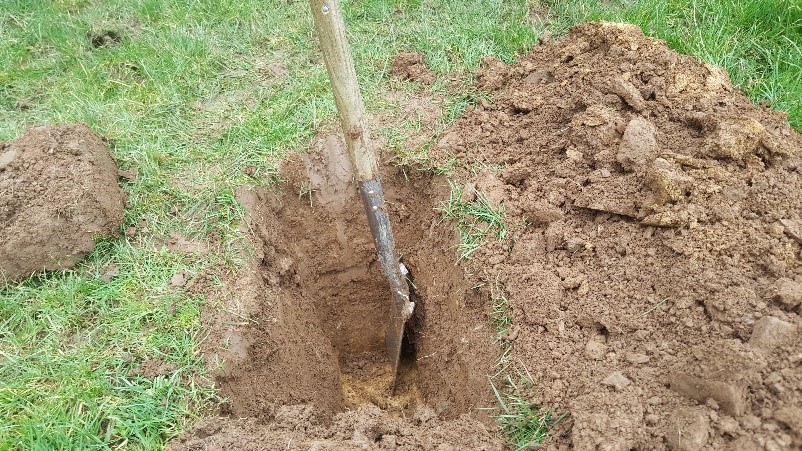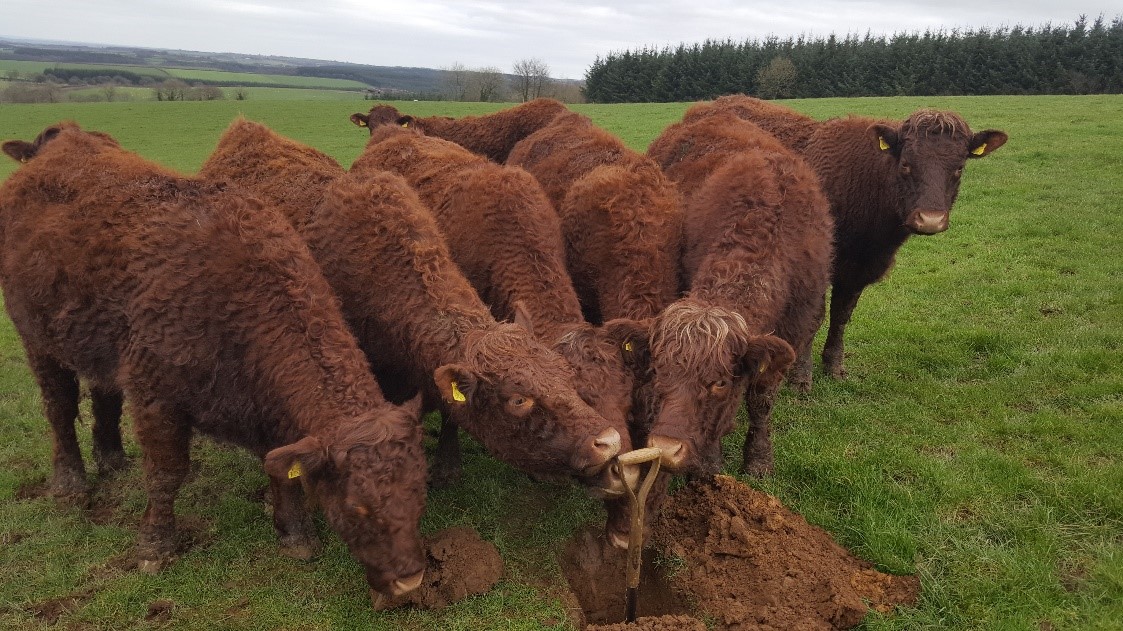- Home
- Knowledge library
- Managing rotational grazing during wet weather
Managing rotational grazing during wet weather
High rainfall and poor soil conditions such as poaching are some of the things to consider when extending the grazing period.
Top challenges
The top two challenges of rotational grazing are:
- Poor soil conditions
- Periods of high rainfall
These often cause poaching, which can result in a reduction in growth rates of up to 20% during subsequent grazing rotations.
Reduce the risk of poaching by allowing animals access to pasture for a few hours per day, known as on/off grazing.
On/off grazing is where the animals are let out to grass with an appetite (feed is restricted when indoors), they then graze continuously and are removed from the paddock when finished grazing (this is when you see animals start to lie down or walk about) and brought back into the shed. This minimises soil damage, encourages good grass regrowth and ensures that grass is being well utilised.
Ten tips for managing a wet spring or autumn:
- Avoid excessive poaching
- Turn out priority stock first – this should be the group which will make the most economic use of paddocks first
- If possible, turn them out into smaller groups
- Reduce paddock sizes to one day or 12-hour paddocks
- Back fence grazing paddocks in both spring and autumn to ensure they have time to recover
- On/off grazing has proven to be a successful way to extend the grazing season
- Graze the most sheltered and driest fields first
- Have multiple entrances to a field
- Use a grass corridor to graze the back of the field first
- Have a clear understanding of the animals’ feed requirements and supplement when needed

Case study : Luppo Diepenbroek - Managing rotational grazing during wet weather
Find out how Malcolm Light extended the grazing season and grew more grass despite the wet weather.
By Luppo Diepenbroek

Malcolm Light has been a member of our South West grazing group for the last four years and has been rotational grazing paddocks with his herd of 50 pedigree Saler cows ever since. He farms an all-grass farm near Okehampton. The soils on the farm vary from moderate draining to no permeability at all. Areas of the farm have heavy clay subsoil with shallow clay loam and in these parts rushes grow, indicating consistent waterlogging. Average rainfall is 1250–1500 mm/annum.
Malcolm uses Farmbench to gain a better understanding of his costings and with the results he has managed to increase his cattle numbers by 20%. Malcom has also reduced his costs significantly despite 2017 being such a wet year. Even during that wet year, AgriNet figures still measured over 13 t DM/ha, but due to ground conditions, utilisation was much lower at 60–70%, with an average fertiliser use of 190 kg/ha.

Clay loam topsoil at Malcolm's farm, showing lighter colour sedimentary clay subsoil
During the wet spell, Malcom increased paddock move frequency from three days to daily, this reduced the risk of poaching because the cattle were on the paddocks for a shorter period of time. Malcolm also reduced the size of the paddock to reflect the increase in move frequency, while also taking into consideration an expected reduction in utilisation.

April/May calving heifers still outside at grass on 14 January 2019
Studies have shown that poaching can result in a reduction in growth rates of up to 20% during subsequent rotations and, therefore, it is very important that a plan is put in place to try and reduce the risk. A further method of reducing poaching is to practice on/off grazing. This is where cattle are turned out onto the paddock until their appetite is satisfied, usually when they start to lay down, and then returned to the shed, minimising the time they are on the pasture.
To Malcolm, rotational paddock grazing has brought many benefits including:
- More grass grown and utilised
- More predictability in supply and the flexibility in utilising it
- Ideal tool for managing droughts and waterlogging
- Reduced costs
- Increased soil capacity into the shoulders of the season, due to maintained soil structure
- Tightened up calving pattern to bring in line with grazing season
Despite reducing cost, Malcolm’s wife Rosemary stated that final success will be measured when she receives a new kitchen!
Topics:
Sectors:
Tags:


